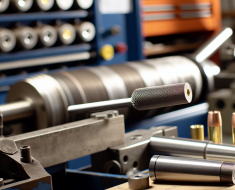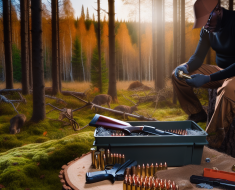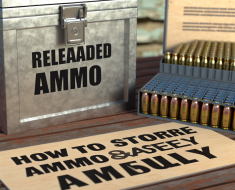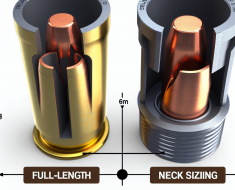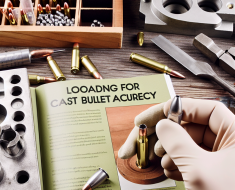Reloading Ammo for Pistol Calibers: A Comprehensive Guide
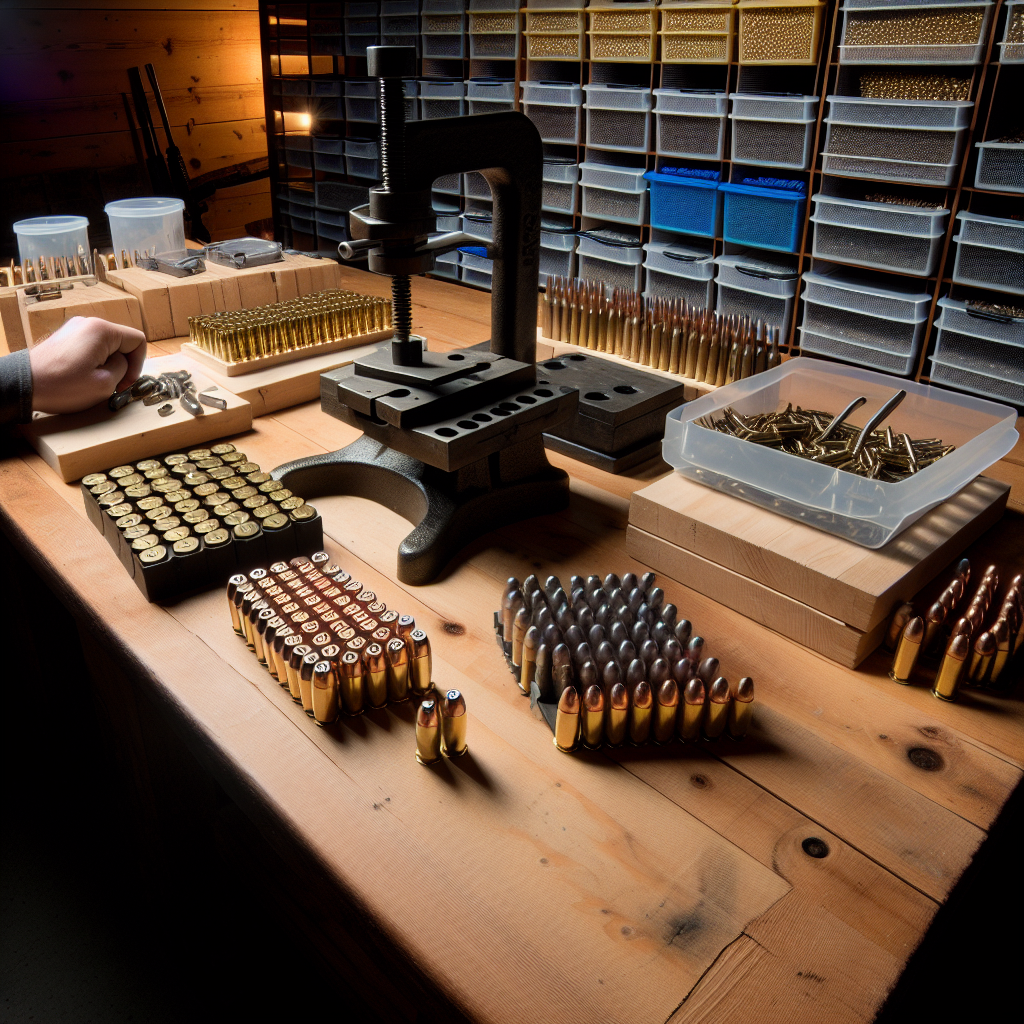
Reloading ammunition for pistol calibers has become a popular pursuit among shooting enthusiasts, competitive shooters, and self-defense advocates. It offers a blend of cost savings, customization, and deeper understanding of ballistics. However, like any technical craft, it demands careful attention to detail and adherence to safety protocols.
This article delves into the world of pistol caliber reloading, covering the fundamentals, benefits, challenges, and practical tips to get started. Whether you are a beginner looking to explore reloading or an experienced hand seeking to optimize your loads, this guide provides valuable insights supported by examples and research.
Understanding the Basics of Pistol Ammo Reloading
Reloading is the process of assembling individual components—primers, powder, bullets, and brass casings—to create functional ammunition. For pistol calibers such as 9mm Luger, .45 ACP, .40 S&W, and others, reloading can be a rewarding way to tailor ammo performance to your specific needs.
The core components involved in pistol ammo reloading include:
- Brass casings: Usually made from brass due to its durability and reloadability. Cases can be reused multiple times if properly maintained.
- Primers: Small caps that ignite the gunpowder when struck by the firing pin.
- Gunpowder: Propellant that burns rapidly to generate gas pressure, propelling the bullet out of the barrel.
- Bullets: The projectile itself. Bullets come in various shapes and weights designed for different purposes such as target shooting or self-defense.
The process typically involves several steps: cleaning spent brass, resizing cases with dies, inserting primers, charging powder into cases with precise measurement tools (powder measures or scales), seating bullets at proper depths, and crimping the bullet in place.
The Advantages of Reloading Pistol Ammunition
The decision to reload pistol ammo is often driven by multiple compelling benefits. Here’s a breakdown of why many shooters opt for handloading over factory rounds:
- Cost Efficiency: Factory ammunition prices have fluctuated dramatically due to supply chain issues and demand spikes. Reloading can reduce per-round costs by up to 50%, especially for popular calibers like 9mm. For example, while a box of factory 9mm ammo might cost $20–$30 for 50 rounds during shortages, handloaded rounds can cost as little as $10–$15 per 50 rounds after initial equipment investments.
- Customization: Reloading allows shooters to tailor loads for specific applications such as target shooting with lighter recoil or self-defense with heavier bullets designed for expansion and penetration. Adjustments in powder charge or bullet weight can optimize accuracy and terminal performance.
- Consistency & Accuracy: Handloaded ammunition often exhibits tighter tolerances than mass-produced factory ammo. This consistency can translate into improved grouping on targets. Competitive shooters frequently reload their own ammo to gain a ballistic edge.
- Sustainability & Brass Longevity: By reusing brass casings multiple times (often up to 5–10 reloads depending on caliber and condition), reloaders reduce waste compared to disposable factory ammo packaging.
- Educational Value: The hands-on nature of reloading fosters deeper knowledge about firearm mechanics and internal ballistics—a valuable skill set that enhances shooting proficiency overall.
Cautionary Notes: Safety Considerations When Reloading Pistol Ammo
While reloading is rewarding, it carries inherent risks if done improperly. Several key safety practices must be observed rigorously:
- Use Reliable Data Sources: Always consult reputable load manuals such as those published by Hodgdon Powder Company or Speer Reloading Data before attempting any new load recipes. Never exceed recommended powder charges.
- Avoid Mixing Components Carelessly: Mixing different powders or primers can cause unpredictable pressure spikes leading to catastrophic failures.
- Diligent Inspection of Brass Cases: Check each casing for cracks, splits, or signs of excessive wear before reuse. Damaged cases must be discarded immediately.
- PPE Use & Safe Environment: Wear eye protection during all stages of reloading and keep your workspace clean and organized to prevent cross-contamination or accidental ignition sources.
- Avoid Distractions & Fatigue: Reloading requires concentration; avoid multitasking or rushing through procedures that could result in errors such as double-charging powder or missing primers.
A notable case study highlighting safety importance comes from a 2018 incident documented by the NRA where an experienced reloader suffered injuries due to double-charging pistol cartridges with excessive powder amounts. The event underscored the critical nature of following manuals precisely and verifying every step carefully.
Selecting Equipment & Components for Pistol Reloading
The quality of your equipment directly impacts both safety and performance when handloading pistol ammunition. Here are essential gear categories along with recommendations tailored for pistol calibers:
- Reloading Presses:
- <em



